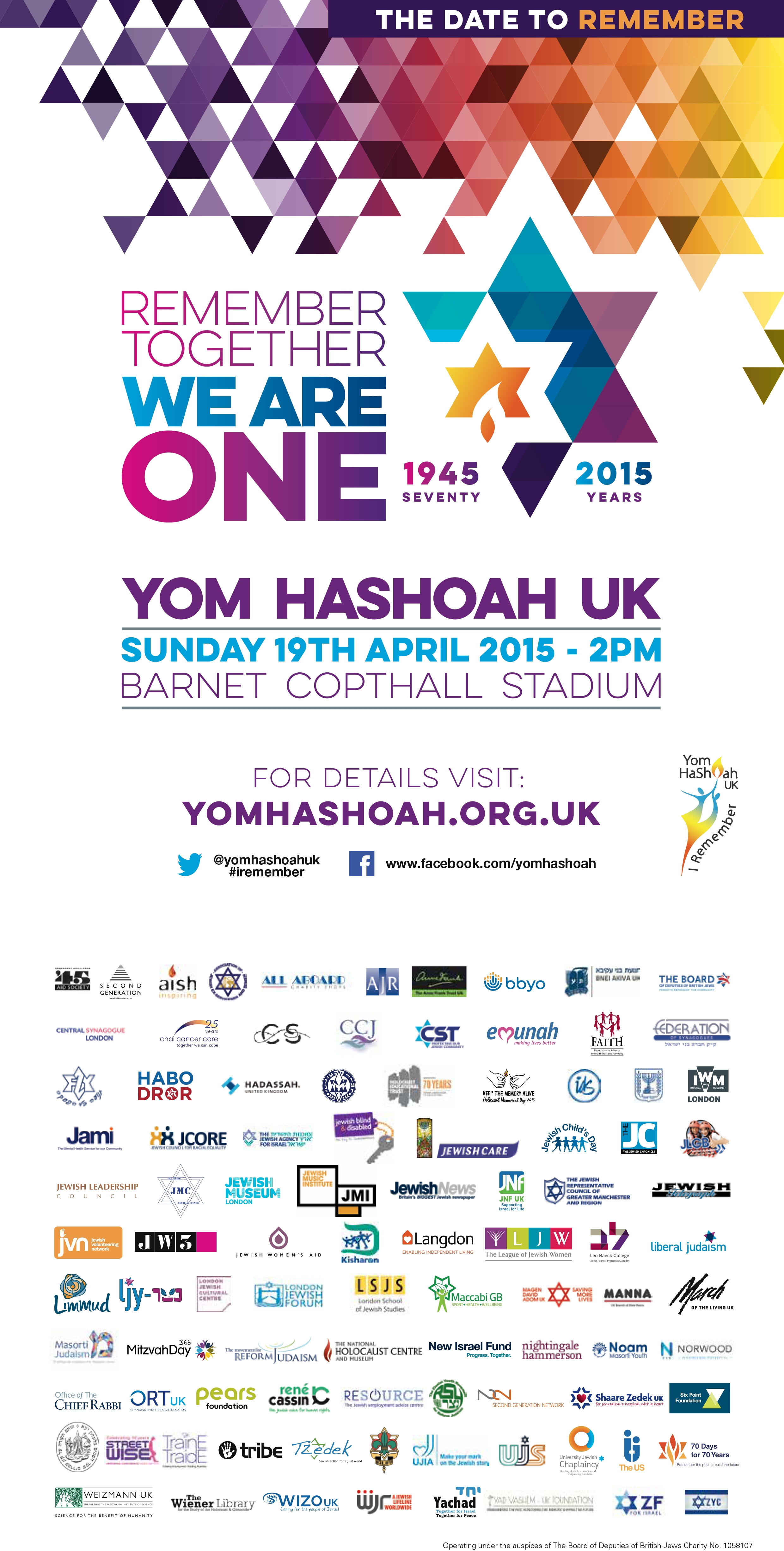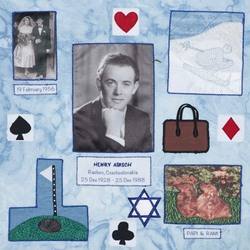On 30 May 2014, the 45 Aid Society Holocaust Survivors and 2nd & 3rd Generation members submitted a formal letter to the UK Government’s Holocaust Commission in response to the request for input on the future approach to Holocaust teaching and Commemoration in the UK. The response we submitted is provided in full below
HOLOCAUST COMMISSION
Response from 45 Aid Society Holocaust Survivors and Second & Third Generation – May, 2014
BACKGROUND TO 45 AID SOCIETY/SECOND GENERATION:
Of the very few Jews that survived the death camps, slave camps and death marches of Hitler’s Reich, sixty nine years ago, 732 of those survivors, most of them boys, about eighty of them girls, made the journey to Britain. They travelled under the auspices of the Central British Fund, a Jewish organisation that had been active in helping refugees since the rise of Hitler in1933.
What this particular group of orphan refugees had in common, apart from their wartime experiences, was the journey they made together. In the months and years that followed other Holocaust survivors joined them from across Europe, all needing a new start to life.
In 1963, the ‘Boys’ set up their own ‘45 Aid Society – Holocaust Survivors’ – a charitable organisation, named after the year they first came to Britain. Their mission has been to remember those who were lost; to help their members who needed help; to teach the lessons of the Holocaust; to spread the message of tolerance; and to help others more widely.
The 45 Aid Society has remained proudly independent, operating solely as a voluntary organisation without professional administration
As second and third generation we have joined with our parents and grandparents to continue their mission today and in to the future.
RESPONSE TO THE COMMISSION – SOME SUGGESTED PRINCIPLES:
We have respect for, and gratitude to, the Prime Minister and HM Government for taking Holocaust teaching and commemoration seriously, and for establishing this Commission. We are proud citizens – proud of Britain’s long history as a liberal, democratic nation, that courageously fought the Nazis and champions tolerance and the rule of law – and proud Jews, following in our traditions, close to our community and integrated in society.
We fully endorse the importance of the Prime Minister’s goal for the Commission: “to make sure we learn the lessons of the dreadful events that happened” and to ensure that “in 50 years’ time, in 2064, when a young British Christian child or a young British Muslim child or a young British Jewish child wants to learn about the Holocaust, and we as a country want them to learn about the Holocaust … it is as vibrant and strong a memory as it is today, with all of you ‘Survivors’ standing here in this room”.
We are familiar with much of the material the experts will submit to the Commission and therefore will not it repeat in this submission, offering, instead, a number of principles we hold dear that we would ask the Commission to consider:
Suggested Principles forConsideration:
- Please don’t confuse the ‘universal’ and the ‘particular’. The Holocaust was a unique historical event in a particular place and time. It has universal and timeless lessons for humanity. Historical and other comparisons made to illustrate universal lessons – or still less, to score political points – denigrate the memory of the victims, as well as undermine the message.
- Take the long view. The Commission might study the historiography of the Holocaust before finalising its conclusions. The way the history of the Holocaust has been studied and taught, and the attitudes toward it, have evolved rapidly over just 70 years, and inevitably will continue to do so. Accuracy and integrity must take priority over empathy and engagement: because only truth can last.
- Personal stories can bridge the gap between history and statistics – and engagement and understanding. Testimonies of the victims of Nazi persecution can and should be brought to life. Specifically we, as Holocaust survivors and second and third generation, can play a role in contributing to understanding. Explaining:“this happened to me/to my mother/to my grandfather” can be powerful and persuasive.
- Teaching teachers and society’s role models is a priority. The Holocaust and its meaning is not a superficial subject. Teachers should benefit from the continual preparation and depth of understanding required to teach and answer questions from a position of knowledge and confidence.
- Great Britain played a vital role in defeating Nazism, and, led by its Jewish community, welcomed Jewish refugees before the war, and survivors after it. Without propaganda or bombast, Britain’s role and values should be positively recognised.
- Grass roots initiatives are important as well as centralised ones. A balanced spread of Holocaust education, commemorative events, memorials and museums, should continue to develop. Top down AND bottom up. Just one example, close to our particular hearts, is the wonderful exhibition that has captured local imagination in the Windermere Public Library. Originated and staffed by local volunteers, it tells the story of 300 of the “the Boys” who came to the “paradise” that was the Lake District after their liberation in 1945 (http://www.anotherspace.org.uk/a2a/).
- There is already a lot going on – increased transparency and communication, as well as co-operation. An independent, comprehensive, dedicated and well resourced website, mapping and helping access all resources and activities should come up first for online search
- Mind our Language. We should take care not to forget that the victims of Nazi persecution that suffered the greatest loss were those who did not survive. In recent times the term “Survivor” has evolved from applying to those who who were caught up in Nazi-occupied Europe after September 1st 1939, to a looser definition, for example including refugees who left before the beginning of the war and, sometimes, modern Jewish communities in this generation who assert “we are all survivors too”.
As Holocaust survivors who endured the death camps, slave camps and death marches of Hitler’s Reich, we respectfully ask that the term ‘survivor’ be used carefully and appropriately. This is not because we believe that the term should imply ‘automatic status’ or ‘the pinnacle in a hierarchal classification of suffering’. The losses and suffering of each victim of Nazi persecution is individual and not for comparison. Each testimony is valid and equally valued. We do, however, believe that for our great grandchildren to remember the victims and learn the lessons in 2064, and 2164, and 2264, historical accuracy and careful use of language must prevail.
For the record, as children and grandchildren of survivors, the second and third generation, we categorically do not regard ourselves as survivors and we reject absolutely the notion that we are victims.
Maurice Helfgott
On behalf of the 45 Aid Society Holocaust Survivors/Second & Third Generation
London, May 2014” ”










